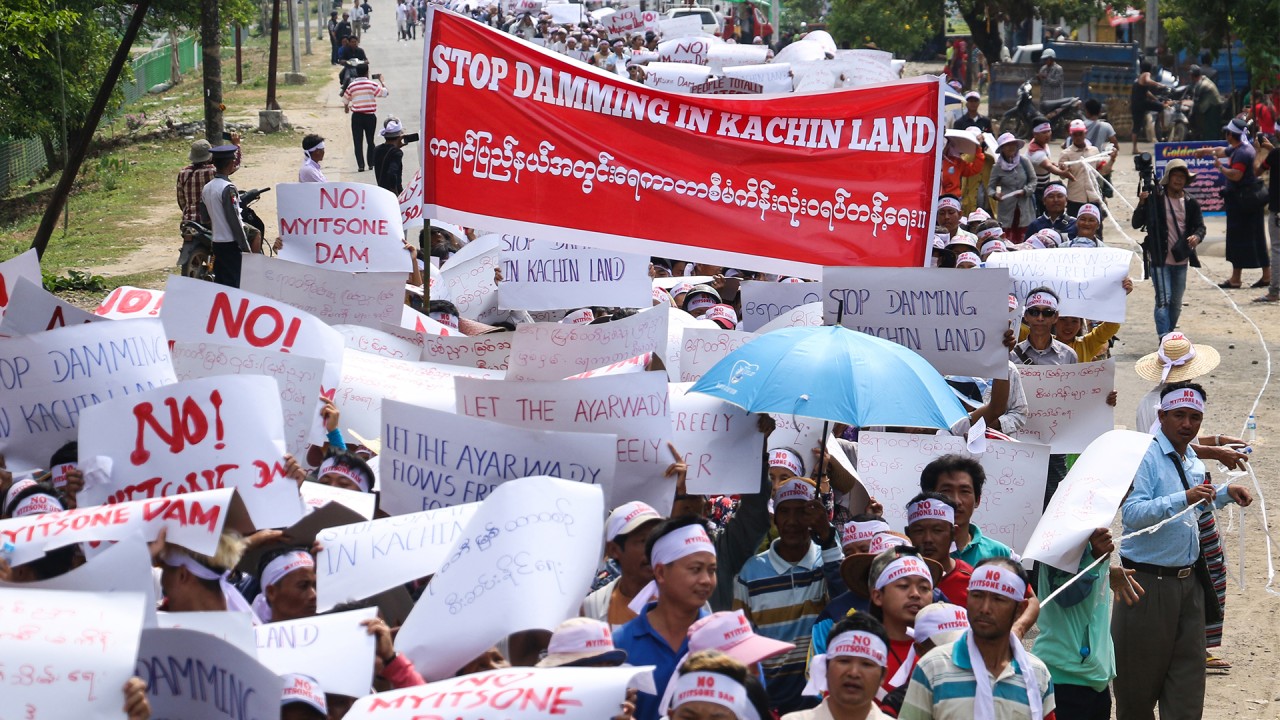
Will China’s green guide burnish the belt and road’s environmental credentials?
- Beijing wants state-owned enterprises to meet global green standards, not lax local laws, when operating overseas and improve communication to better address local environmental concerns. Are they ready?
In other words, Beijing is telling its SOEs to focus on low-carbon initiatives and be more competitive in the global market.
The guide lists 10 points that SOEs are encouraged to follow in their overseas operations, ranging from more investment in renewable energy, and the establishment of green supply chains, to the construction of green infrastructure, and industrial and trade zones.
Two other points stand out for environmental groups in belt and road partner countries. One expects Chinese companies to follow higher international standards, instead of weak local ones, and the other encourages better communication with local communities and environmental groups.
To identify potential environmental risks, Chinese enterprises “are encouraged to follow internationally accepted practices to conduct environmental impact assessments and due diligence”. To prevent environmental risks, they should “follow internationally accepted standards or Chinese standards, in case of no regulation or low standards in host countries”.
This is the first time Chinese SOEs have been told to aim high and go beyond the minimum. For a long time, when addressing complaints from locals about environmental damage and weak environmental impact assessments, they would argue that they “follow local relevant regulations and standards”.
With the new guide, communities in host countries can now hold Chinese companies to a higher standard. They should also be prepared for more communication and consultation from Chinese SOEs. The green guide ends with a call for Chinese SOEs to “enhance communications with the governments, media, people and environmental groups in host countries”.
When I interviewed villagers in five Asian countries for my book, Belt and Road Through My Village, the lack of communication and transparency was their biggest complaint. The only contact many had had with a Chinese person in their village was when an engineer or technician collected soil or rock samples. Local environmental groups usually did not hear back from Chinese SOEs or embassies, despite phone calls, letters and even protests.
Chinese SOEs expect local government agencies and business partners, some of whom may not be the most reliable or credible themselves, to take care of all communication with local communities, and for social and environmental impact assessments.

With the green guide, Beijing is telling SOEs that they are also responsible for showing green leadership and burnishing the environmental credentials of the “Built by China” brand. Chinese SOEs must hold themselves to higher international standards and proactively and directly communicate with local communities and environmental groups.
For some time, local communities and environmental groups have been eager to talk. The question now is: are Chinese SOEs ready?
Xiaojun Wang is executive director of Manila-based People of Asia for Climate Solutions



